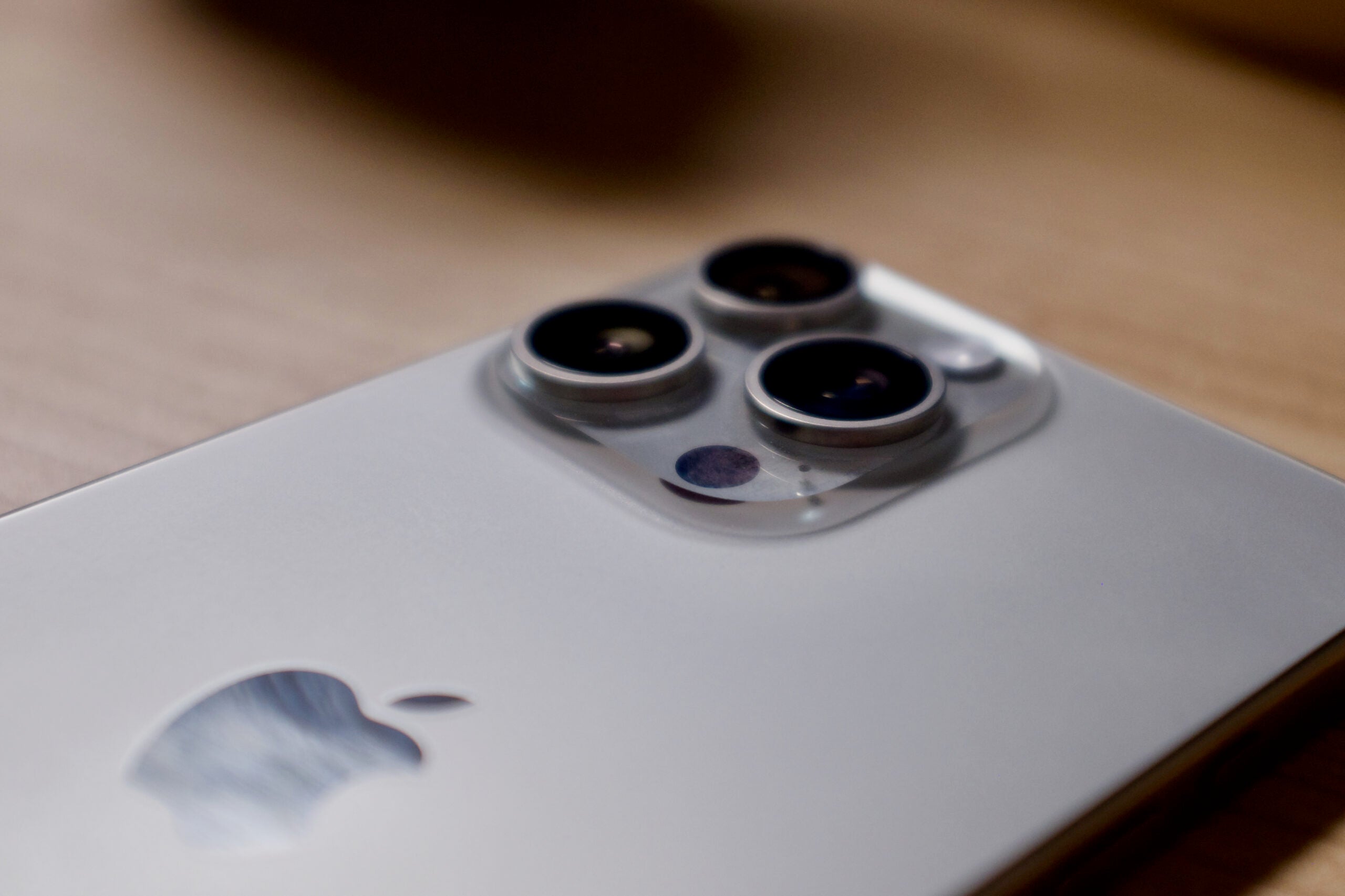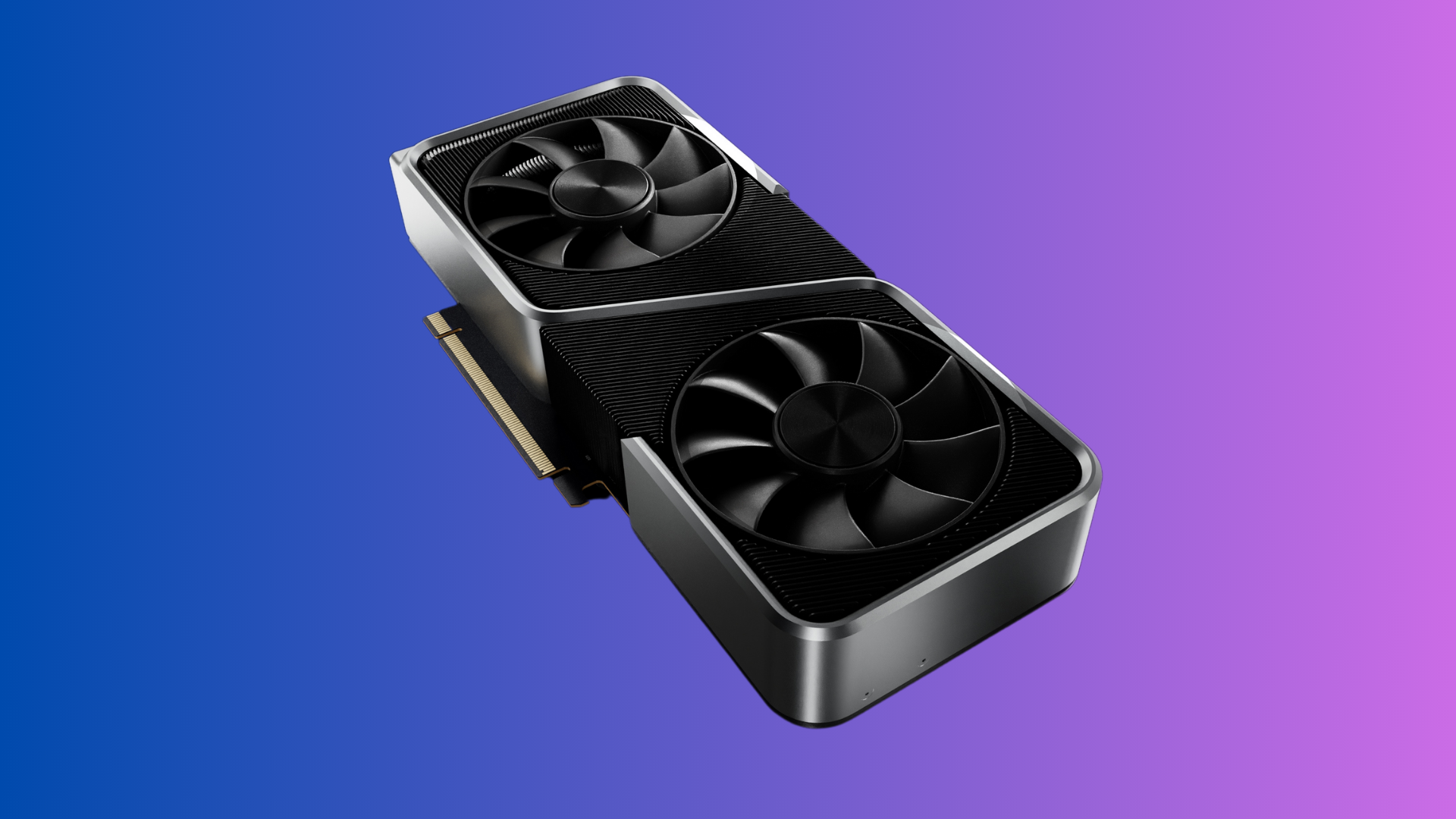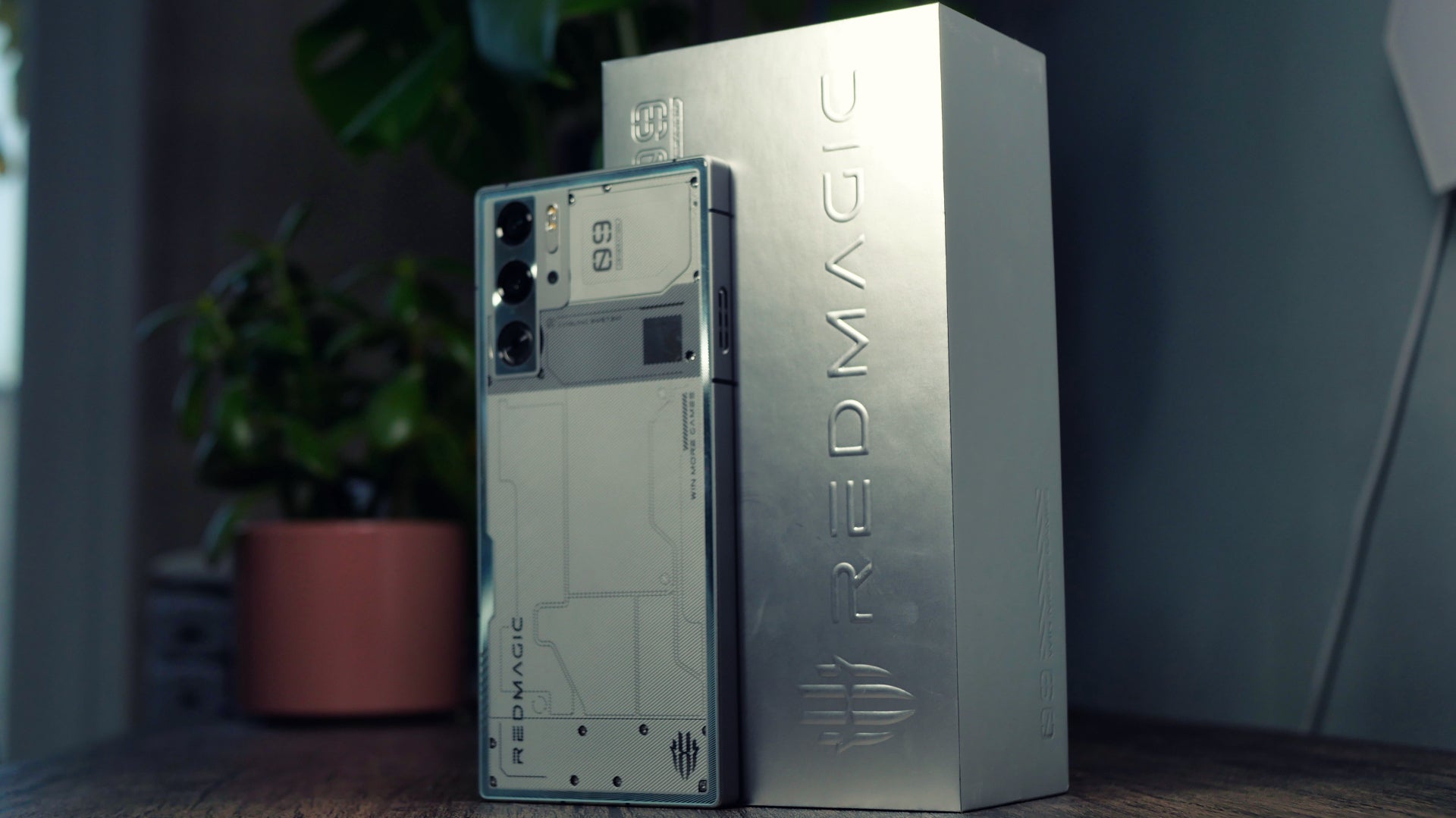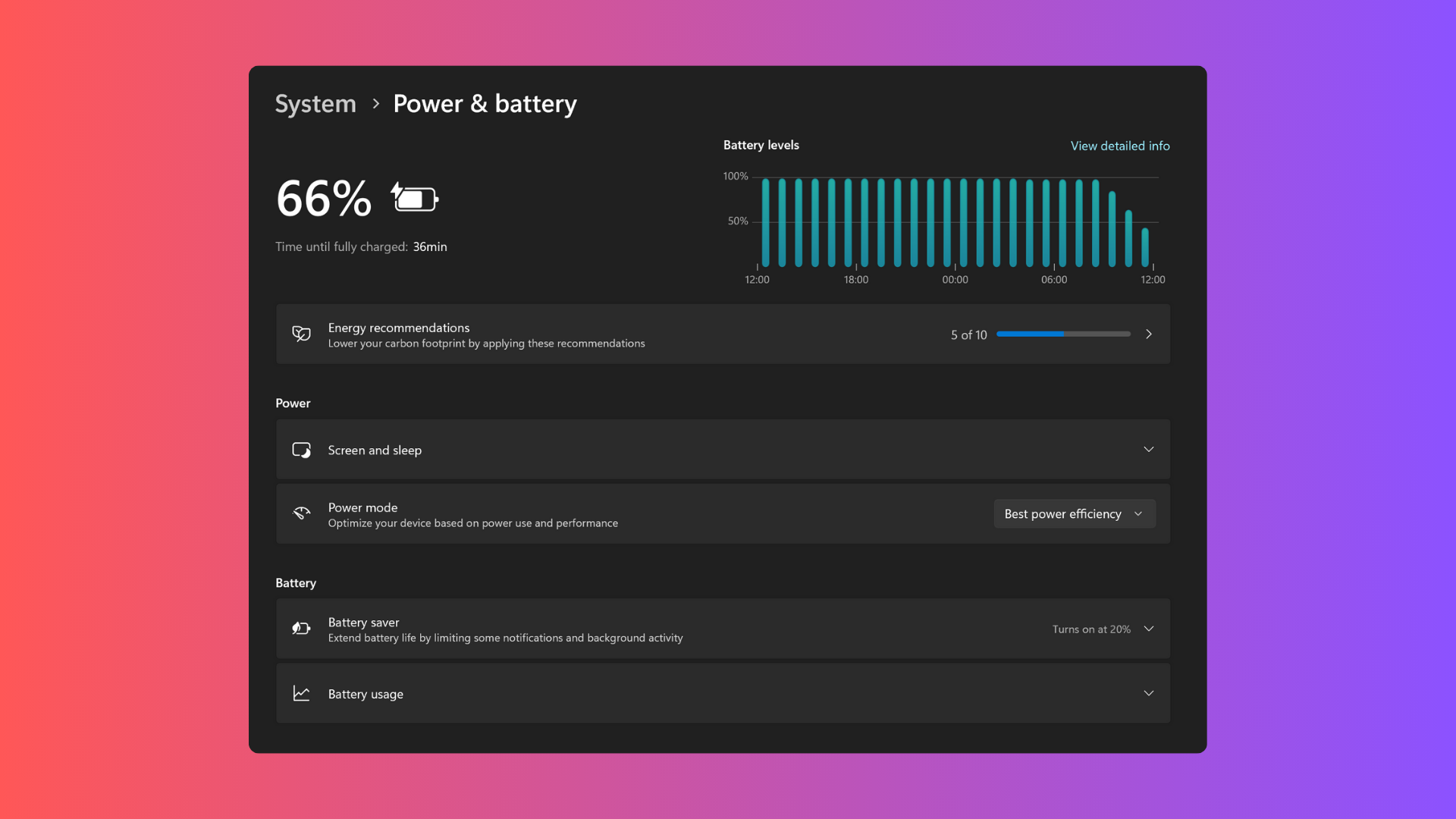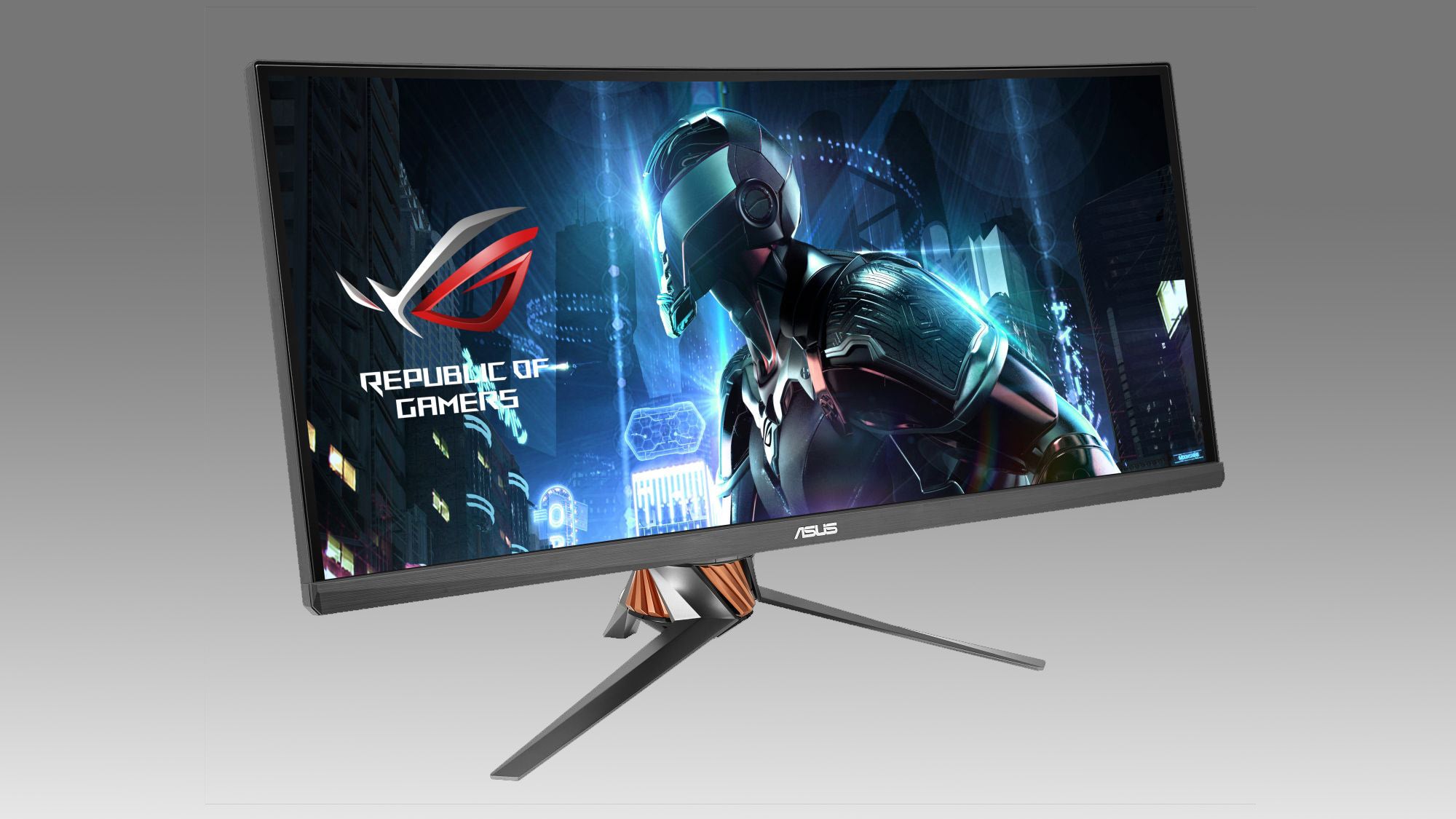What is circular design?
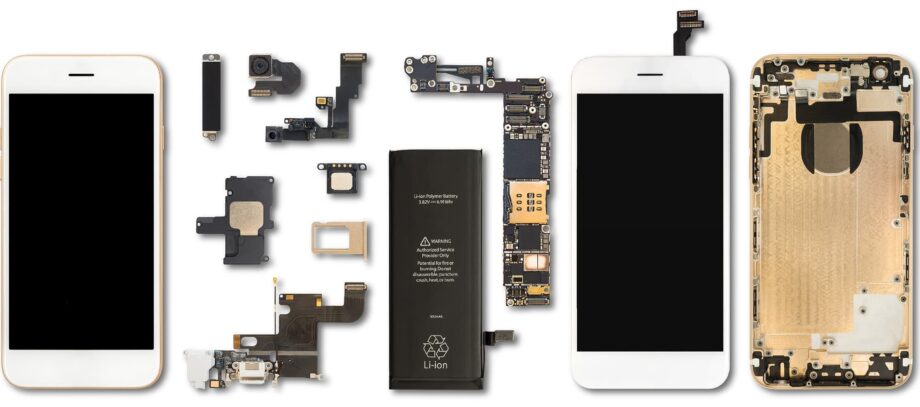
Circular design is an iterative process that doesn’t finish, with the aim of redesigning what already exists to cut down on waste.
If you want to learn more about circular design and why it’s important, read on to find out everything you in to know in our comprehensive guide.
What is circular design?
Circular design focuses on the idea of trying to design out waste and pollution, designing products that can remain in use for as long as possible. This will be dependent on the nature of the product being developed, but a key factor is attempting to design products that can resist damage or wear, or that can be used multiple times, potentially by multiple people.
It also requires looking outward and considering the system in which products can be used, with the aim of ensuring that designs meet both user needs while not overstepping systemic implications.
The circular design processor has four stages which focus on these goals:
- Understand the user and the system in which this product will be used
- Define what the intention of the design is and any challenges that it will face
- Make as many variations and iterations of the product as are needed
- Release the design into the wild and create both a user and shareholder audience and promote loyalty
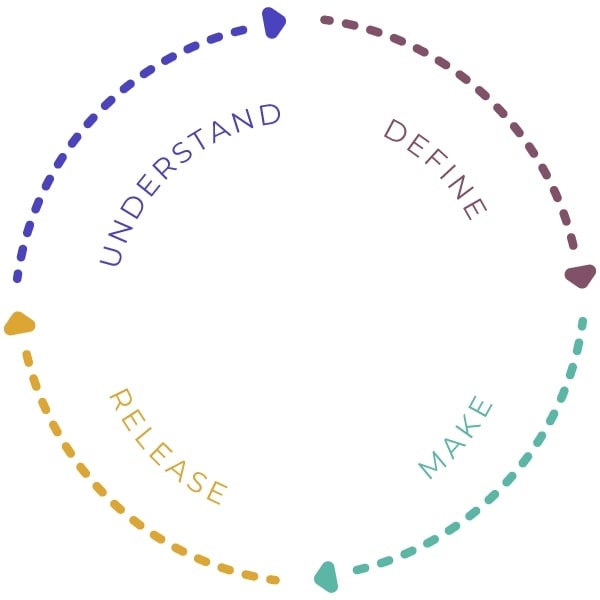
The circular design model also builds on the idea that a design is never fully finished, and that everything needs to be tested to better understand how it fits into the system and what can be improved.
Some of the core values are design for endless recycling, trying to design out waste and pollution as much as possible, trying to regenerate natural systems and keeping products and materials in use.
Using the circular design model also requires a lot of thought about the materials used in products. The goal is to use materials that are safe and circular, as some materials can be dangerous to humans or in nature.
Moreover, modular design helps to ensure that businesses can easily remove part of a product and repair, upgrade or remanufacture it. This is more ideal as the whole product does not necessarily need to be altered, and they are easier to customise and adapt, which prevents products from becoming obsolete and needing to be remade completely.
This is present in mobile phones as if you crack the screen of an iPhone you don’t need to replace the whole handset, you can simply get a new screen installed and continue using the phone as normal. Having to replace the entire model would not only be more expensive and time-consuming for the consumer but it would also produce more waste, making it the less environmentally friendly option.
Overall, circular design aims to avoid remanufacturing products and instead reuse as many materials and products as possible, which helps to generate the most value for both customers and businesses.


